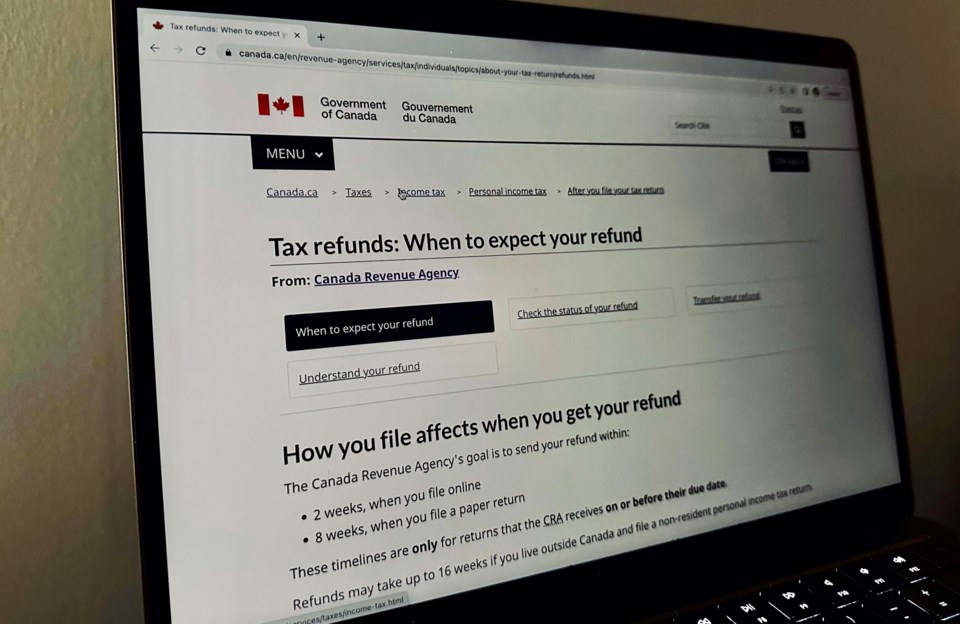As filing season gets underway, many Albertans are starting to think about how they will use the money refunded to them by the CRA for their overpaid taxes. If you're one of the millions of Canadians who will receive a refund in 2023, you may be wondering how to invest it responsibly.
One of the most popular options for investing a tax refund is to use it to make a contribution to a Registered Retirement Savings Plan (RRSP). These types of accounts offer tax benefits that can help you save more for retirement. You have until December 31st of the year you turn 71 years old to make a contribution to your RRSP and you can also carry forward any unused contribution room from previous years. Additionally, if your employer offers a matching contribution, you may be able to double your investment by contributing to a Group RRSP.
“The accounts funds can also be utilized for the Home Buyers Plan and Life Long Learning Plan,” notes St. Albert-based financial planner Jaye Walter. “In my opinion, everybody who has earned income should open an RRSP account and contribute at least $25/month. Start as soon as possible. Great financial habits start with a single step.”
If you're looking to pay off debt, you may also want to consider using your tax refund to make a lump sum payment on your credit card or student loan debt. This can help you pay off your debt more quickly and save on interest charges. It's also important to consider the interest rate of the debt you're paying off; it may be better to pay off high-interest credit card debt before low-interest student loans or mortgage.
Another way to invest your tax refund is to put it into a Tax-Free Savings Account (TFSA). TFSAs are a great way to save for short-term goals, such as a down payment on a home, or for long-term goals, such as retirement, as any interest, dividends, or capital gains earned in a TFSA are not taxed. TFSA contribution room is cumulative, meaning if you don't use it in one year, you can carry it forward to the next year.
When investing your tax refund, it's important to consider your risk tolerance. If you're someone who is comfortable with risk, you may want to consider investing in stocks or mutual funds. However, if you're someone who is more risk-averse, you may want to stick with more conservative investments, such as bonds or Guaranteed Investment Certificates (GICs).
Additionally, fees are a variable that is important to consider when evaluating different types of investments. Some investments, such as mutual funds, come with high management fees, which can eat into your returns over time. Be aware of these charges, and explore low-cost options when investing your tax refund.
And ultimately, as Walter notes, sometimes the best financial decision is to avoid a refund altogether.
“If there is no particular plan or reason for the refund, request a TD1 from an employer, or speak to the CRA if paying quarterly, and adjust it so that there will be more current cash flow — which could be invested in an RRSP or TFSA, or utilized for any other goal such as paying down debt.”



